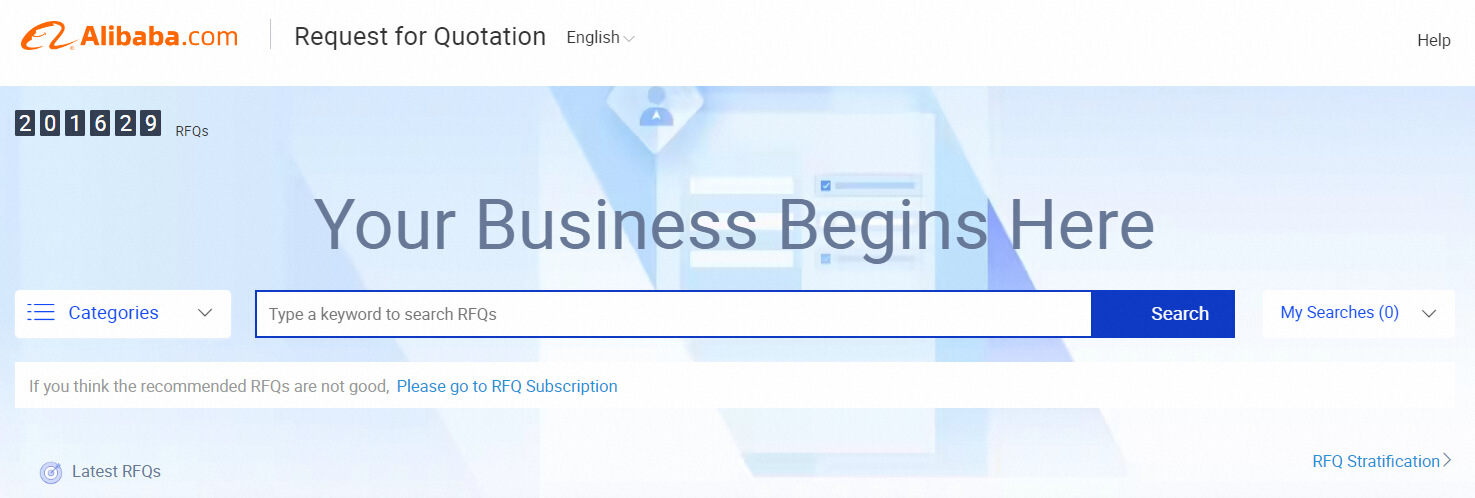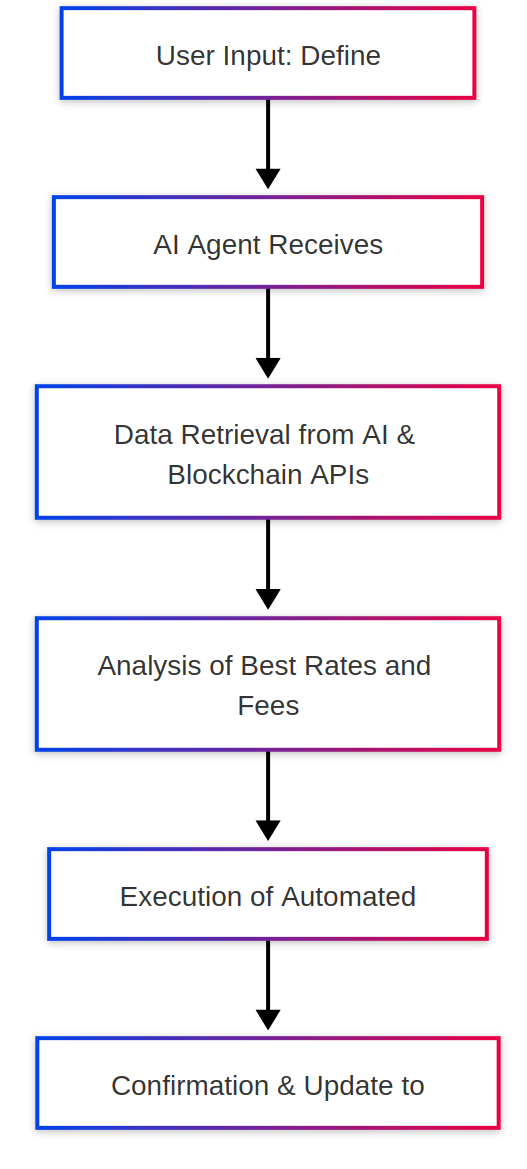Identifying iron in well water starts with simple observation. I notice reddish-brown stains in sinks, toilets, or laundry. This is a strong indicator of iron. A metallic taste or rusty odor in my water further confirms its presence. For definitive confirmation, I use a water test kit or send a sample to a certified lab. These methods collectively provide a clear picture of whether iron is present in my well water.
Iron in well water is a common issue across many regions. Understanding how to detect it is the first step toward ensuring safe and palatable water. Naturally occurring iron exists in soil and rocks. As groundwater moves through these formations, it dissolves iron. While iron itself is not typically a direct health hazard at levels found in most wells, it creates significant nuisance issues. These issues range from aesthetic problems like staining and taste changes to potential plumbing and appliance damage. Therefore, knowing how to identify iron is important for maintaining water quality and household functionality. My approach combines visual and sensory clues with reliable testing methods to give a complete assessment of iron in well water.
Key Takeaways:
- Reddish-brown stains and discoloration are strong visual indicators of iron.
- A metallic taste or rusty odor suggests iron presence.
- DIY tests can provide initial confirmation, but professional lab tests are crucial for accurate measurement.
- Different forms of iron (ferrous, ferric, bacterial) require different treatment approaches.
- Addressing iron improves water aesthetics, protects plumbing, and enhances overall water quality.
Visual Clues: Seeing is BelievingThe most immediate way I detect iron is visually. Iron's presence often announces itself through noticeable changes in water and around fixtures.
Discoloration of Water: I observe the water directly from the tap. If the water appears clear when first drawn but then turns cloudy or reddish-brown after standing, this is a strong indicator of ferrous iron, also known as clear-water iron. Ferrous iron is dissolved and becomes visible as it oxidizes upon exposure to air. In contrast, if the water is already cloudy or red-brown directly from the tap, it may contain ferric iron, or red-water iron, which is already oxidized and particulate. Sometimes, I might notice a yellowish tint, which can also suggest iron or other minerals. According to the US Geological Survey (USGS), these color changes are due to iron's oxidation states and particle size.
Stains on Fixtures and Laundry: I examine sinks, toilets, tubs, and showers for reddish-brown or rust-colored stains. These stains are a classic sign of iron. The iron precipitates out of the water and deposits on surfaces, particularly where water frequently sits or evaporates. I check laundry for similar stains, especially on white or light-colored fabrics after washing. These stains are often difficult to remove and are a persistent problem caused by iron in the water supply. Cary Pure Water offers detailed insights into how iron causes these types of stains and what they signify about water quality.
Biofilms and Slime: I look for slimy or rust-colored buildup in toilets, showerheads, or even the well itself if accessible and safe to check. This biofilm could indicate the presence of iron bacteria. These microorganisms are not harmful, but they thrive on iron and manganese, creating a reddish-brown or rust-colored slime. This slime can clog pipes and contribute to unpleasant odors. Lenntech discusses iron bacteria and their role in water quality issues in detail.
These visual inspections are my first line of defense in identifying potential iron issues. While visual cues are informative, sensory indicators like smell and taste provide further evidence.
Sensory Clues: Smell and Taste Tell a StoryBeyond sight, my senses of smell and taste offer additional clues about iron in well water.
Metallic Taste: I take a small sip of water, paying attention to the taste. A distinct metallic taste is a strong indicator of dissolved metals, often iron. This taste is noticeable even at relatively low concentrations of iron. The Minnesota Department of Health highlights metallic taste as a key sign of iron in well water and its impact on palatability.
Rusty or Musty Odor: I smell the water, especially when running it from the tap or filling a glass. A rusty or musty odor is another sensory clue. Sometimes, the odor is more pronounced when hot water is run, or after the water has been sitting in pipes for a while. This smell can be due to iron itself or, more often, to iron bacteria. These bacteria produce byproducts that contribute to unpleasant smells. DrinkTap.org explains how iron and manganese, often found together, can cause noticeable taste and odor issues.
Changes After Boiling: I sometimes boil a sample of the water and then smell and taste it again once cooled. Boiling can sometimes intensify the metallic taste or odor if dissolved iron is present, as it can concentrate the minerals. It may also make the odor from iron bacteria more noticeable.
Sensory tests are subjective but valuable for initial detection. If I notice these tastes or smells, it strengthens my suspicion of iron and prompts me to move to more definitive testing methods.
Do-It-Yourself (DIY) Testing: Simple Home MethodsFor a more concrete indication before professional testing, I use simple DIY methods. These tests are readily accessible and provide a quick assessment of iron presence.
The Clear Jar Test: I fill a clear glass jar with water directly from the well tap. I observe it immediately and then let it sit undisturbed for about 30 minutes to an hour. If the water is clear initially but starts to turn cloudy or develops a reddish-brown sediment at the bottom as it sits, this is a positive indication of ferrous iron. The University of Minnesota Extension recommends this simple test to visually assess iron oxidation over time.
Home Water Test Kits: I purchase a home water test kit specifically designed to detect iron. These kits are available at most hardware stores or online. I follow the kit's instructions carefully, which usually involve collecting a water sample and adding reagent tablets or solutions. The kit uses color-changing reactions to indicate the presence and, sometimes, the concentration of iron. FreeDrinkingWater.com mentions the availability of home test kits as a convenient way to check for iron and other contaminants. While home test kits are convenient, I understand they provide a less precise measurement compared to laboratory analysis.
Testing Different Taps: I test water from different taps in my house, both indoor and outdoor, to see if the iron issue is consistent throughout the plumbing system or localized to certain areas. This can help determine if the problem originates from the well itself or from pipes within the house.
DIY tests offer a practical way to confirm my initial suspicions from visual and sensory clues. However, for accurate quantification and a comprehensive water quality analysis, professional testing is essential.
Professional Water Testing: The Definitive AnswerFor precise and reliable identification and measurement of iron, professional water testing is the most important step. This provides a detailed analysis of iron levels and other water quality parameters.
Certified Laboratory Testing: I collect a water sample following the instructions provided by a certified water testing laboratory. These labs use standardized methods to analyze water samples for various contaminants, including iron. I choose a lab certified by my local or national environmental agency to ensure the accuracy and reliability of the results. The Centers for Disease Control and Prevention (CDC) emphasizes the importance of using certified labs for accurate water testing and lists common contaminants to test for in well water.
What to Ask For: When requesting testing, I specifically ask for analysis of:
- Total Iron: This measures the total concentration of all forms of iron present in the water.
- Ferrous and Ferric Iron: If possible, I request a breakdown of ferrous (dissolved) and ferric (particulate) iron concentrations. This helps in determining the best treatment approach.
- Iron Bacteria Test: If I suspect iron bacteria due to slime or odors, I request a specific test for these microorganisms.
- General Water Quality Panel: Along with iron, I often request a broader panel that includes tests for other common well water contaminants like bacteria (coliform, E. coli), nitrates, pH, hardness, and other minerals. This provides a complete picture of my water quality.
Interpreting Lab Results: Once I receive the lab report, I carefully review the iron levels. The report will typically provide the iron concentration in parts per million (ppm) or milligrams per liter (mg/L), which are equivalent. I compare these results to the recommended secondary maximum contaminant level (SMCL) for iron, which is 0.3 mg/L or 0.3 ppm. This SMCL is set by the Environmental Protection Agency (EPA) for aesthetic reasons (taste, odor, staining) and not for health concerns. If my iron levels exceed this SMCL, it confirms iron as a problem and indicates the need for treatment.
Professional testing gives me the definitive answer about iron levels and provides a solid basis for choosing appropriate treatment solutions.
Understanding the Forms of Iron: Different Types, Different IssuesIron in well water is not always the same. It exists in different forms, and understanding these forms helps in diagnosis and treatment.
Ferrous Iron (Dissolved Iron or Clear-Water Iron): This form of iron is dissolved in water and is not visible when first drawn from the tap. It becomes visible after exposure to air as it oxidizes and turns into ferric iron. This is often indicated by water that is clear initially but turns cloudy or reddish-brown upon standing. Aqua Purification explains that ferrous iron is soluble and requires oxidation for removal.
Ferric Iron (Particulate Iron or Red-Water Iron): This form of iron is already oxidized and exists as tiny, insoluble particles. Water containing ferric iron is often cloudy or reddish-brown directly from the tap. It is essentially rust particles suspended in water. Filtration is often effective in removing ferric iron.
Iron Bacteria: These are microorganisms that consume iron and manganese and produce a reddish-brown slime and byproducts that can cause odors. They do not directly cause iron contamination but exacerbate iron-related problems. Iron bacteria can be more challenging to manage and often require specific treatment approaches beyond simple filtration. Well Water Find discusses iron bacteria and their contribution to well water issues, including taste, odor, and slime production.
Colloidal Iron: This form of iron consists of very fine particles that remain suspended in water and are difficult to filter out. Colloidal iron can cause persistent cloudiness and may require specialized treatment methods.
Knowing which form of iron is present helps in selecting the most effective treatment system. For instance, oxidizing filters are effective for ferrous iron, while sediment filters are better for ferric iron. Iron bacteria require disinfection and potentially specialized filtration.
Impacts of Iron: Beyond AestheticsWhile iron in well water is primarily considered a nuisance contaminant, its impacts extend beyond just aesthetic issues. Understanding these impacts reinforces the importance of identification and treatment.
Staining: As mentioned, reddish-brown stains on fixtures, laundry, and dishes are a major nuisance. These stains are difficult to remove and detract from the appearance of homes and belongings.
Taste and Odor: Metallic taste and rusty or musty odors make water unpalatable for drinking and cooking. This can affect water consumption and the quality of food prepared with the water.
Plumbing and Appliance Issues: Iron buildup can accumulate in pipes, reducing water flow and pressure. Iron sediment can also damage appliances like water heaters, dishwashers, and washing machines, reducing their lifespan and efficiency. https://sites.google.com/view/watertreatmentdude/iron-filter-for-well-water/how-to-identify elaborates on how iron accumulation can impact plumbing and appliances.
Potential Indirect Health Concerns (Though Not Direct Toxicity): While iron itself is not acutely toxic in drinking water at typical well water levels, high iron levels can indirectly affect health. For example, iron bacteria, while not pathogenic themselves, can create environments that may harbor other less desirable microorganisms. Additionally, very high iron concentrations could theoretically contribute to iron overload in individuals with specific medical conditions, though this is rare from drinking water alone. The primary health concerns are usually related to the indirect effects of poor water quality and potential microbial issues associated with iron bacteria.
Addressing iron in well water is not just about aesthetics; it is about protecting plumbing, appliances, and ensuring water is pleasant to use and potentially mitigating indirect health concerns related to water quality.
Treatment Options: Solutions for Iron ProblemsOnce I have identified iron and understand its form and impacts, I can explore treatment options. Numerous methods exist to remove or reduce iron in well water.
Oxidation and Filtration: For ferrous iron, oxidation is a common first step. Oxidizing filters use air, potassium permanganate, chlorine, or ozone to convert dissolved ferrous iron into insoluble ferric iron particles. These particles are then removed through filtration. This is a very effective method for many iron problems.
Water Softeners: Water softeners can remove small amounts of ferrous iron through ion exchange, especially if the iron is present in relatively low concentrations and along with water hardness. However, softeners are not designed for high iron levels and may become fouled by iron over time.
Aeration: Simple aeration systems expose water to air, promoting oxidation of ferrous iron. This is often used as a pre-treatment step before filtration or sedimentation.
Chemical Treatment: Chemical methods involve adding chemicals like chlorine or hydrogen peroxide to oxidize iron, followed by filtration to remove the precipitates. This approach requires careful monitoring and chemical handling.
Specialty Iron Filters: Various specialized filters are designed specifically for iron removal, including manganese greensand filters, Birm filters, and others. These filters use different media to oxidize and trap iron.
Shock Chlorination: For iron bacteria, shock chlorination of the well and plumbing system can be effective in killing the bacteria. However, this is often a temporary solution, and iron bacteria may re-establish themselves. Ongoing or periodic treatment may be necessary.
Choosing the right treatment depends on the type and concentration of iron, other water quality issues, and household water usage. Consulting with a water treatment professional is advisable to select and install the most appropriate system for specific needs. Aqua Purification and FreeDrinkingWater.com offer overviews of various iron removal technologies.
Semantic Summary: Identifying Iron for Better Well Water QualityIdentifying iron in well water involves a multi-step approach combining visual observation of discoloration and staining, sensory detection of metallic taste and odors, DIY tests like the jar test and home kits, and definitive professional laboratory analysis. Understanding the different forms of iron—ferrous, ferric, colloidal, and iron bacteria—is important for effective diagnosis and treatment selection. While primarily a nuisance contaminant causing aesthetic and plumbing problems, iron in well water necessitates identification to implement appropriate removal strategies, ensuring better water quality throughout the household and preventing potential long-term issues.
If you suspect iron in your well water based on visual, sensory, or DIY tests, I strongly recommend getting your water professionally tested by a certified laboratory. Accurate testing is the first step toward implementing an effective treatment solution and ensuring your well water is clean, clear, and pleasant for household use.
--
You received this message because you are subscribed to the Google Groups "Broadcaster" group.
To unsubscribe from this group and stop receiving emails from it, send an email to
broadcaster-news+unsubscribe@googlegroups.com.
To view this discussion visit
https://groups.google.com/d/msgid/broadcaster-news/ffa3d9da-13c9-4469-ba16-7fab8635a834n%40googlegroups.com.












